Want to make your commercial space more efficient? This article explores practical approaches to efficient commercial space design. From optimizing layouts to creating functional environments, discover tips to enhance productivity and reduce costs.
Importance of Efficient Design in Commercial Spaces
Investing in thoughtful design is not merely about aesthetics; it’s a strategic move that can significantly impact business success. A well-designed workspace fosters operational efficiency, leading to reduced costs and improved workflow. Imagine an office layout where every inch of floor space is optimized, minimizing wasted space and maximizing utility with a floor plan that enhances functionality.
Moreover, a well-thought-out office design can enhance employee happiness and productivity. Ergonomic furniture, an efficient layout, and a comfortable environment can make a substantial difference in how employees feel and perform, especially when considering the effects of prolonged sitting. After all, happier employees are more productive, and this directly translates to business success.
Beyond the internal benefits, efficient design also enhances customer satisfaction and loyalty. When customers walk into a well-designed space, their experience is positively influenced, fostering engagement and brand loyalty. In essence, thoughtful design supports overall business success by creating environments that encourage collaboration and satisfaction for both employees and customers.
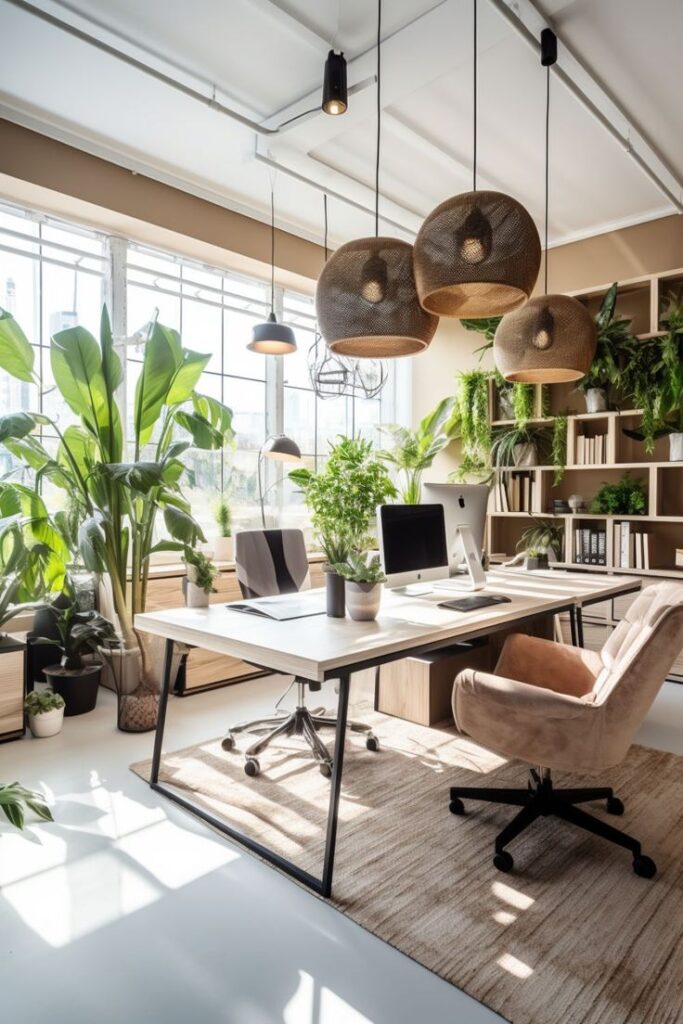
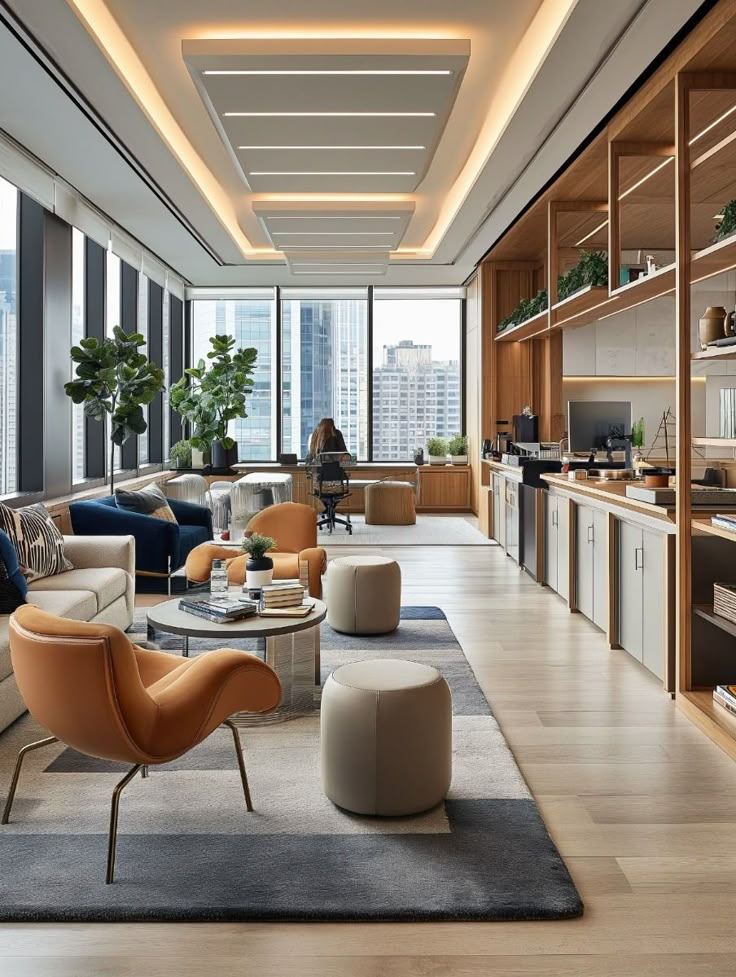
Optimizing Logistics and Supply Chain Areas
Efficient storage solutions are the backbone of any well-functioning logistics and supply chain operation. Imagine a commercial kitchen where wall-mounted racks and shelving units implement smart storage solutions to maximize space and improve access to essential tools in the storage area, enhancing storage capacity. This not only enhances workflow efficiency but also ensures that everything is within reach, minimizing downtime and confusion. To further enhance this setup, businesses can optimize storage effectively, including options for cold room installation.
Regular audits are another crucial aspect of optimizing logistics areas. They allow businesses to:
- Reallocate resources to high-demand areas, maximizing the use of storage spaces.
- Organize food preparation zones.
- Establish dedicated work zones to enhance workflow efficiency and reduce unnecessary cross-traffic among staff.
Incorporating advanced technology and energy-efficient appliances can also significantly improve logistics operations. For businesses involved in global shipping or warehousing, understanding complex systems such as DHL break bulk express can help streamline delivery flows and prevent bottlenecks. These solutions ensure efficiency across the entire supply chain.
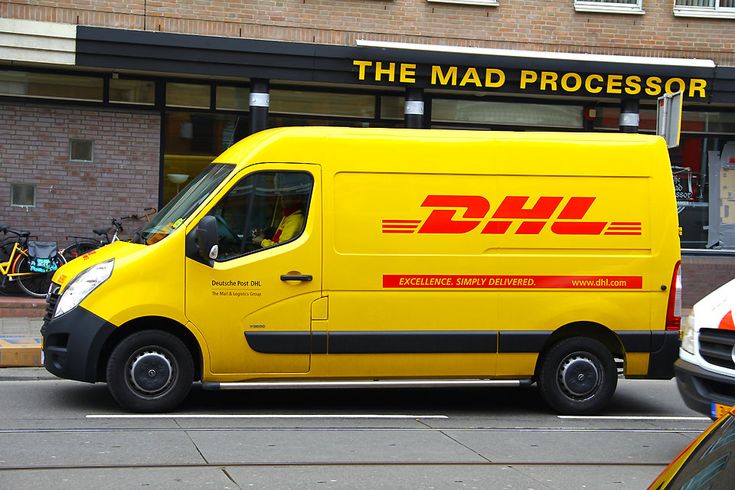
Creating Functional Fitness and Wellness Facilities
The growing trend of incorporating fitness areas in workplaces is driven by the recognition of the positive impact on employee health and productivity. Imagine having a gym facility within your office space that boosts employee satisfaction and reduces turnover rates by fostering a strong company culture. These facilities are no longer seen as perks but as strategic investments in employee well-being.
Effective gym design should prioritize:
- User flow and create distinct zones for different types of exercise activities to enhance traffic flow.
- Natural light and proper ventilation to create a welcoming gym environment, encouraging employees to make regular use of the facilities.
- Inclusive designs that cater to all fitness levels, providing varied spaces for both individual and group workouts.
Partnering with professionals who specialize in commercial gym fitouts can help businesses create dedicated, well-equipped spaces that integrate smoothly with existing layouts. The benefits extend beyond physical health—functional fitness facilities boost morale and reduce absenteeism, fostering a more motivated workforce.
Projects designed with the input of industry-focused teams like https://mvocateringsolutions.com.au/ show how smart commercial space planning can balance workflow, practicality, and everyday business needs.
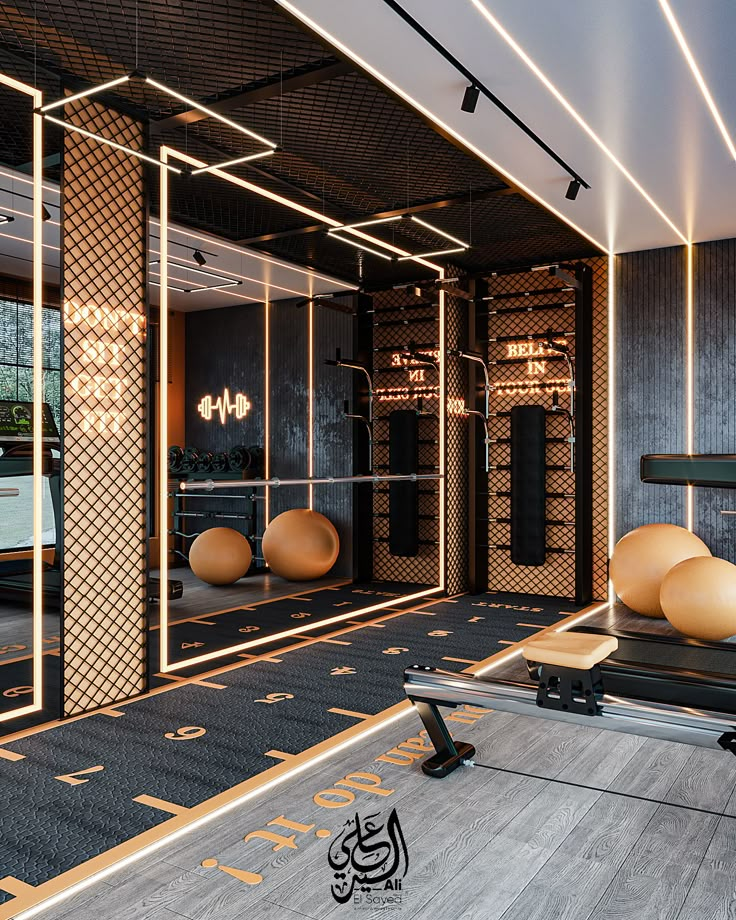
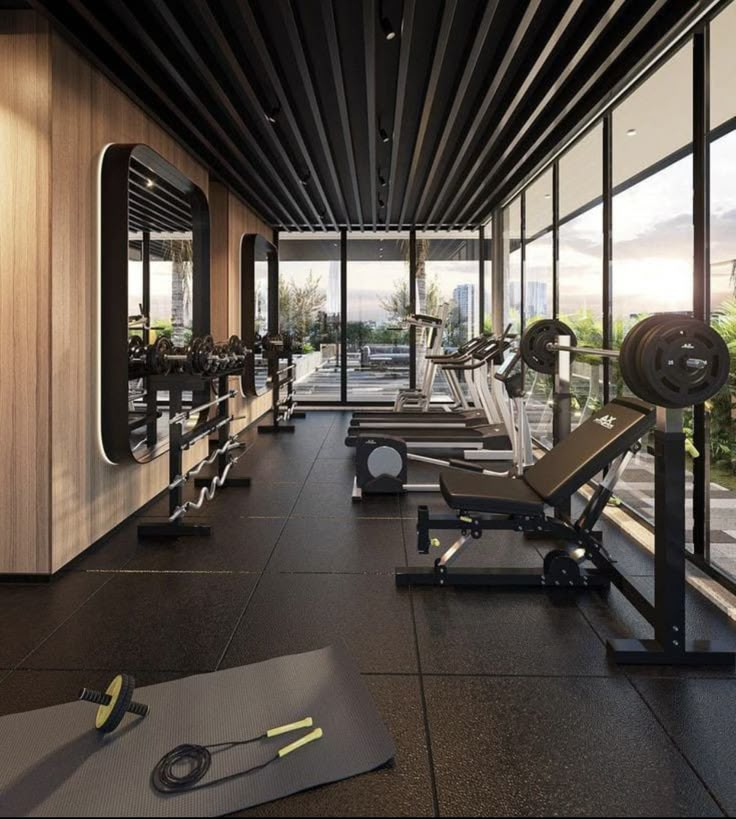
Sustainable and Protective Solutions
Sustainability is no longer a buzzword; it’s an essential aspect of modern commercial design. Investing in energy-efficient appliances and lighting—such as LED bulbs and smart controls—can significantly reduce utility costs and carbon emissions. This not only improves cost-effectiveness but also aligns with environmental goals.
Materials like stainless steel and quartz are excellent for durability and aesthetics in commercial environments. Thoughtful lighting design and proper airflow also enhance comfort and productivity.
When commercial spaces incorporate solar energy solutions, they face a new set of challenges—especially from birds nesting under panels. Addressing this with solar pigeon proofing ensures the longevity and functionality of renewable energy investments. These protective measures maintain performance and help avoid costly maintenance.
Flexible and Multi-Use Space Planning
Flexible office spaces are designed to adapt to various work patterns, ensuring that productivity remains high regardless of the task at hand — a feature often prioritised when planning a commercial office building in Singapore. Utilizing employee personas based on different work styles can guide effective space design that accommodates diverse working needs. This approach ensures that every employee has a space that supports their unique workflow.
Multi-functional furniture and movable partitions are essential tools in maximizing space in modern offices. Modular desks, adjustable chairs, and mobile storage units can transform a small office into a highly efficient workspace. These flexible solutions allow businesses to adapt quickly to changing needs without the need for costly renovations.
Designing spaces that can adapt to changing business needs is crucial for long-term efficiency. Multi-use workstations and movable equipment enable businesses to create versatile environments that support diverse functions. This adaptability ensures that commercial spaces remain efficient and responsive to evolving demands.

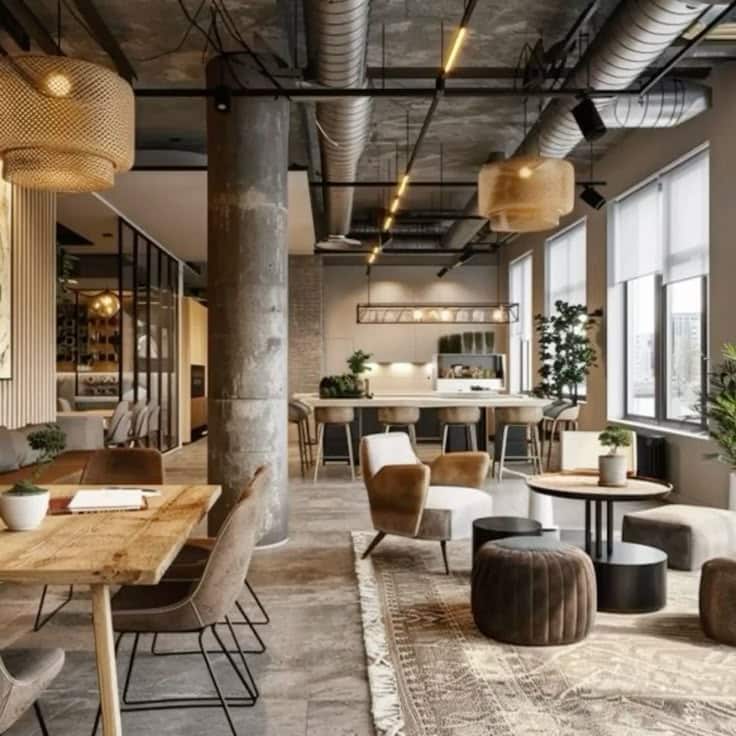
Enhancing Safety and Compliance
Ensuring safety and compliance in commercial kitchens is non-negotiable. Compliance with OSHA regulations and health codes is essential to minimize risks and ensure employee health. This includes having functional automated fire detection systems and clearly marked emergency exits.
Planning for emergency exits, accessibility, and hazard prevention is critical in creating a safe environment. Careful planning plays a vital role in fostering a safe workspace for employees and customers alike. Adhering to safety regulations and implementing comprehensive plans ensures that business environments remain safe and compliant.
Balancing Aesthetics with Practicality
Balancing aesthetics with practicality is a fine art in commercial space design. Minimalistic decor is recommended for creating a clean and functional aesthetic. Using light colors can create a sense of openness, especially in small office spaces, making the environment feel larger and more inviting.
Optimizing natural light is essential for creating an inviting atmosphere. Natural materials not only enhance natural light but also improve employee productivity and well-being. Combining this with modular furniture that can be rearranged easily accessible ensures that the space remains functional without sacrificing style, fostering an inspiring environment.
Practical strategies such as utilize vertical space with wall-mounted shelves and choosing ergonomic furniture can maximize space in areas with limited square footage while ensuring there is enough space without compromising on quality. For instance, integrated storage options such as gym lockers can seamlessly blend functionality with design, offering secure organization for personal items while complementing the overall aesthetic of modern commercial interiors. These practical tips create a perfect balance between functionality and visual appeal, ensuring that the commercial space is both practical and pleasing to the eye.
Encouraging Employee Input in Design
Involving employees in the design process is crucial for creating an efficient workspace. Employees offer valuable insights that can lead to more effective layouts and design choices. Methods for gathering employee input include surveys, focus groups, and casual conversations.
Engaging employees in workshops can align business objectives with their workspace needs. Creating a feedback loop ensures that employees’ input on workspace efficacy is continuously gathered and integrated. This not only boosts employee satisfaction but also leads to a more productive and harmonious workplace.
Incorporating employee surveys can help identify various work styles in the office, facilitating tailored zoning for productivity. Employee input helps create a welcoming environment that supports health and productivity, enhancing overall business success and encouraging employees.
Regular Assessment and Adaptation
Regular assessment and adaptation are key to maintaining efficient commercial spaces. Conducting space audits helps identify underutilized areas and inefficient layouts, providing opportunities for optimization. This continuous reassessment ensures that the workspace evolves with the business needs.
Implementing flexible furniture solutions and movable partitions enhances the adaptability of the workspace. This flexibility allows for privacy or collaboration as needed, ensuring that the office space can accommodate different functions without requiring costly renovations.
Creating multi-purpose spaces and encouraging remote work are effective strategies for maximizing office space utilization and optimize space utilization. Adopting these practices ensures that commercial closed spaces remain efficient, organized, and responsive to changing demands, providing ample space for remote collaboration in the existing space.
Summary
In summary, efficient commercial space design is a multifaceted approach that encompasses logistics, wellness, sustainability, flexibility, safety, and aesthetics. By investing in thoughtful design, businesses can enhance operational efficiency, employee satisfaction, and customer loyalty.
As we have explored, practical strategies such as optimizing storage solutions, creating functional fitness facilities, and encouraging employee input can transform commercial spaces into dynamic and efficient environments. Embrace these practices to unlock the full potential of your commercial space and drive business success.
Frequently Asked Questions
Why is efficient commercial space design important?
Efficient commercial space design is crucial as it enhances operational efficiency, reduces costs, and improves employee productivity, ultimately leading to greater customer satisfaction and business success.
How can businesses optimize logistics and supply chain areas?
Businesses can optimize logistics and supply chain areas by implementing efficient storage solutions and utilizing advanced technology to enhance operational efficiency. Regular audits and organization of preparation zones also play a critical role in achieving overall effectiveness.
What are the benefits of incorporating fitness and wellness facilities in workplaces?
Incorporating fitness and wellness facilities in workplaces significantly enhances employee satisfaction, reduces turnover rates, and improves overall productivity. These facilities also contribute to decreased absenteeism due to illness and a more positive work environment.
How can businesses balance aesthetics with practicality in commercial space design?
Businesses can effectively balance aesthetics with practicality by incorporating minimalistic decor, optimizing natural light, and selecting modular, ergonomic furniture while utilizing vertical space for efficiency. This approach ensures a functional yet visually appealing commercial environment.
Why is it important to involve employees in the design process?
Involving employees in the design process is crucial as it provides valuable insights that enhance workspace efficiency, satisfaction, and productivity, while also catering to the diverse needs of the workforce. Their input ultimately leads to a more effective and harmonious work environment.
- 2shares
- Facebook0
- Pinterest2
- Twitter0
- Reddit0













